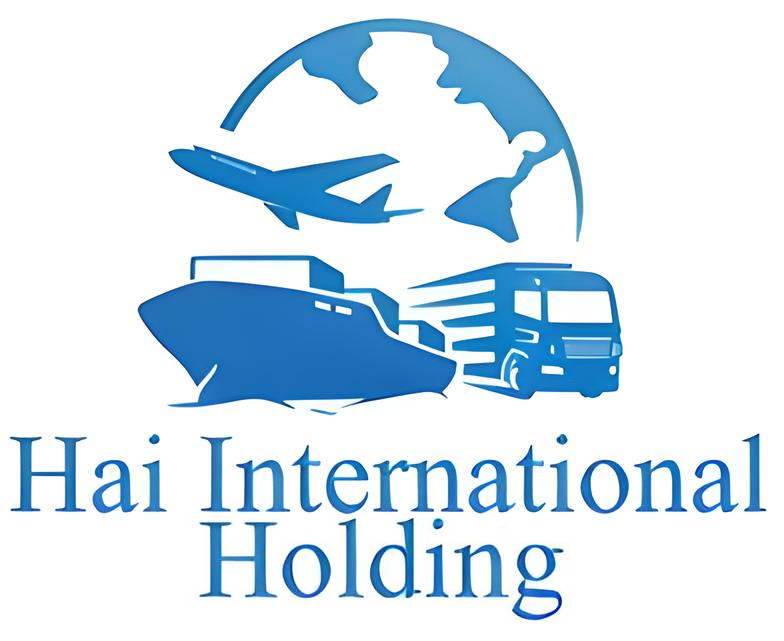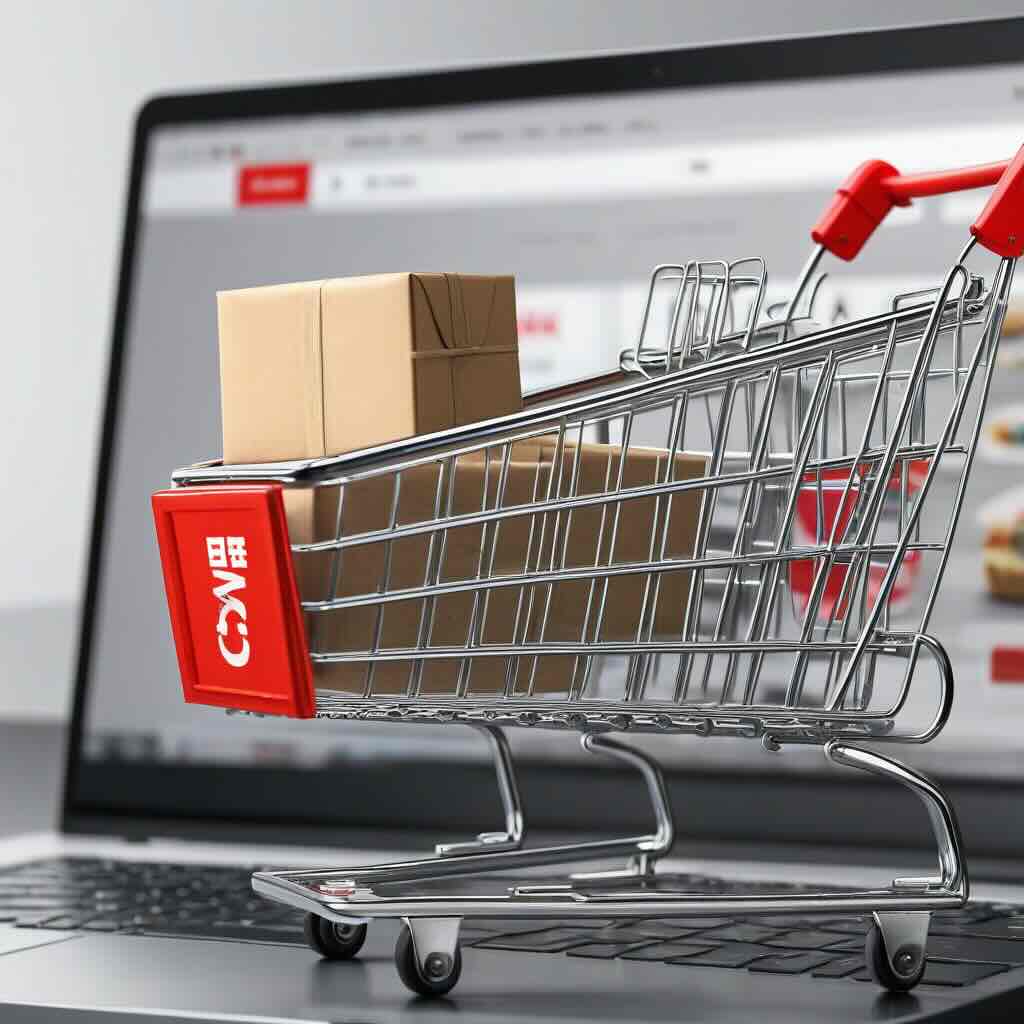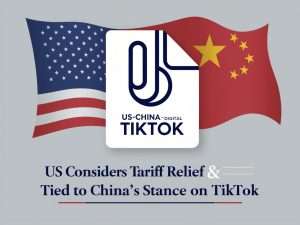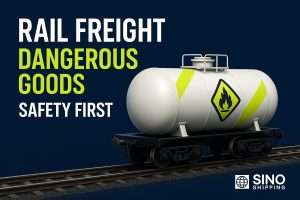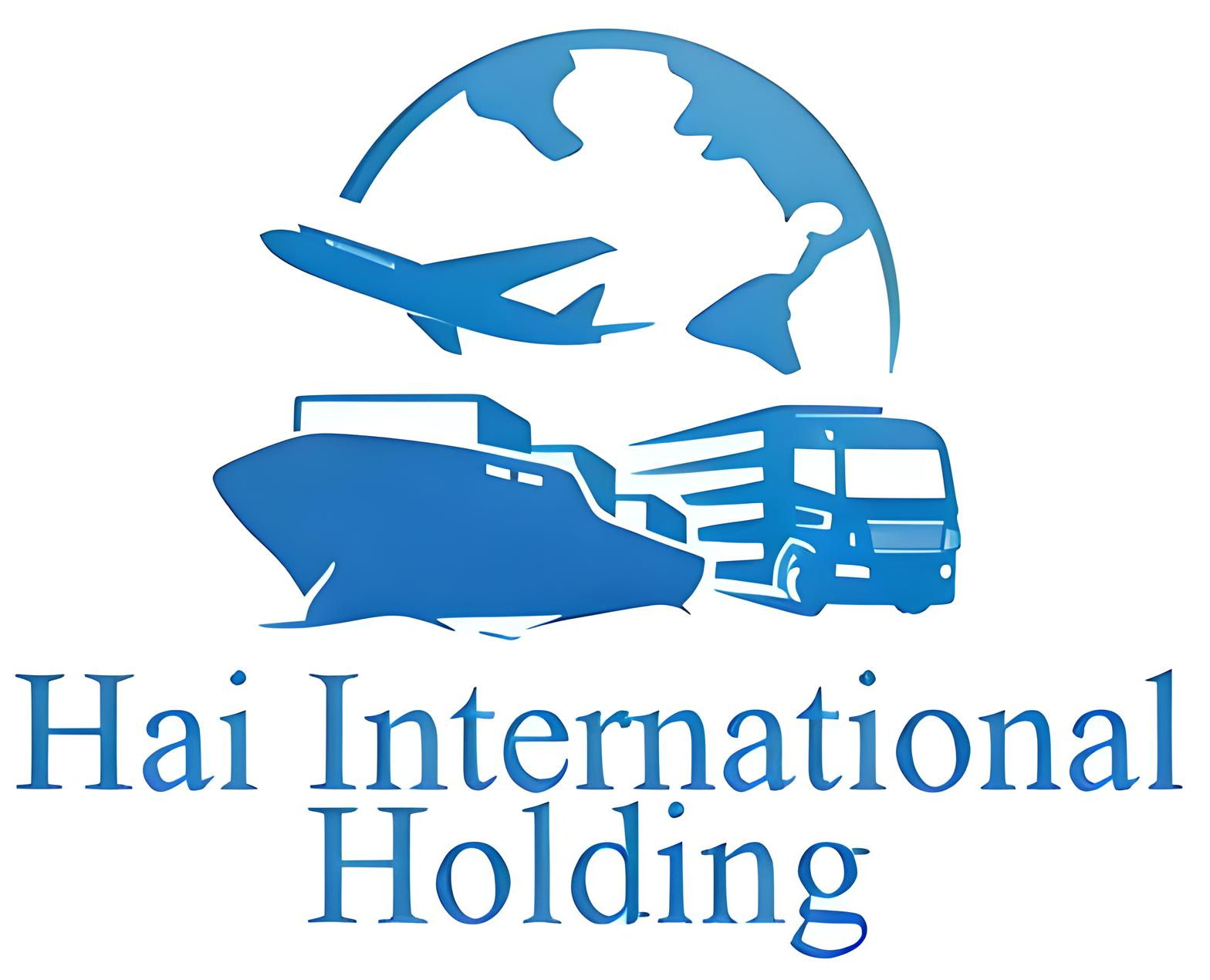How Does Dropshipping Really Work?
Understanding the Basic Dropshipping Process
Ever wondered how a dropshipping business operates? Imagine this: You have an online store, and a customer places an order. Instead of holding the product in your own inventory, you purchase it directly from a third-party supplier—often based in China—who then ships it directly to the customer. This means you never see or handle the product.
Here’s a quick breakdown of the process:This model allows you to run an online store without ever needing to invest in inventory upfront. It’s as simple as it sounds, but success lies in the details—choosing the right products, reliable suppliers, and effective marketing strategies.
The Pros and Cons of Dropshipping
Is dropshipping the right business model for you? Like any business model, dropshipping has its advantages and disadvantages. Here’s a quick look:
| Advantages | Disadvantages |
|---|---|
| Low startup costs: No need for inventory. | Low profit margins: Competitive pricing can eat into profits. |
| Scalability: Easy to add new products without additional overhead. | Reliance on suppliers: Your business depends on the reliability of your suppliers. |
| Flexibility: Operate from anywhere with an internet connection. | Shipping issues: Delays or errors from suppliers can affect your brand reputation. |
| No need for warehousing: No storage costs. | Customer service challenges: Issues can arise when handling returns and refunds. |
While dropshipping offers a low-risk entry into e-commerce, it’s crucial to weigh these pros and cons carefully. Success in this business model often hinges on selecting the right niche, building strong relationships with suppliers, and continuously optimizing your marketing efforts.
How to Find a Profitable Niche for Your Dropshipping Business?
Identify a Profitable Niche
Finding the right niche is the foundation of a successful dropshipping business. But how do you choose a niche that not only has demand but also gives you a competitive edge? Here are the key criteria you should focus on:
- Market Demand: Look for products that are in high demand. Tools like Google Trends can help you spot trends over time. If a product or niche is consistently searched for, it’s a good sign that there’s ongoing interest.
- Low Competition: A niche with low competition can be a goldmine. Use tools like SEMrush or Ahrefs to analyze keyword competition. If there are fewer players in the market, you have a better chance to stand out.
- High Profit Margins: Ensure the products in your niche offer high profit margins. This means the difference between the wholesale price and the retail price should be significant enough to make the venture profitable. Aim for at least a 30-40% margin to cover marketing and other expenses.
Market Trend Analysis
Understanding market trends is crucial to staying ahead in the game. Using the right tools can give you insights into what products are on the rise and which ones are declining. Here’s a breakdown of some of the best tools for market trend analysis:
| Tool | Advantages | Disadvantages |
|---|---|---|
| Google Trends | Free, easy to use, shows search trends over time. | Limited to search data, lacks detailed analytics. |
| SEMrush | Comprehensive keyword research, competition analysis. | Paid tool, can be expensive for beginners. |
| Ahrefs | Strong backlink analysis, detailed keyword insights. | Paid tool, with a steep learning curve. |
| BuzzSumo | Identifies popular content and influencers in your niche. | Expensive, especially for small businesses. |
These tools can help you validate your niche by showing whether interest is growing or declining, and how competitive the market is. For example, if you notice a consistent upward trend in searches for “eco-friendly products,” this could be a lucrative niche to explore.
Competitor Analysis
Understanding your competition is key to positioning yourself in the market. Here’s how you can effectively analyze your competitors:
- Direct Competitor Research: Identify your direct competitors on major platforms like Amazon, eBay, or specialized e-commerce sites. This helps you understand who you are up against and how they are positioning their products.
- Analyze Best-Selling Products: Look at the best-selling products in your chosen niche. This gives you insights into what’s popular and what customers are willing to pay for. For instance, if a certain type of fitness tracker is consistently in the top 10, you might consider offering a similar or better version.
- Study Pricing and Marketing Strategies: Examine how your competitors price their products and what marketing strategies they use. Are they offering discounts? What kind of advertising do they do? Understanding these tactics can help you create a competitive pricing strategy and an effective marketing plan.
By carefully selecting your niche and understanding the market landscape, you’ll set a strong foundation for your dropshipping business, allowing you to compete effectively and maximize your profits.
How to Choose the Best Chinese Suppliers for Your Dropshipping Business?
Popular Platforms for Finding Suppliers
Wondering where to find the best suppliers for your dropshipping business? Choosing the right platform is critical to your success. Let’s compare some of the most popular platforms used by dropshippers worldwide:
| Platform | Type of Products | Advantages | Disadvantages |
|---|---|---|---|
| Alibaba | Wide range, from electronics to fashion | Extensive variety, direct access to manufacturers | Minimum order quantities, longer shipping times |
| AliExpress | Consumer products, gadgets, fashion | No minimum order, buyer protection | Higher prices compared to wholesale, variable quality |
| DHgate | Electronics, fashion, home goods | Low prices, bulk options | Inconsistent product quality, longer processing times |
Each platform has its strengths and weaknesses. For example, Alibaba is great for bulk purchasing and direct access to manufacturers, but it often requires larger minimum orders. AliExpress, on the other hand, allows you to buy products individually with no minimum order, making it ideal for smaller businesses starting out. DHgate offers competitive pricing but may require more diligence in vetting suppliers due to variable product quality.
Evaluating Suppliers: What to Look For
Choosing the right supplier isn’t just about finding the cheapest option. You need to evaluate potential suppliers to ensure they meet your standards. Here’s a checklist of the most important criteria to consider:
- Customer Reviews: Always check customer reviews to gauge the supplier’s reliability. Look for consistent feedback on product quality and delivery times.
- Certifications and Qualifications: Verify that the supplier holds the necessary certifications relevant to your product category, such as ISO certifications for quality management.
- Delivery Times: Ensure the supplier can meet your required delivery timelines. Delayed shipments can harm your business reputation, so it’s crucial to clarify this upfront.
Using this checklist can help you avoid common pitfalls, like working with unreliable suppliers that could lead to product quality issues or shipping delays.
Best Practices for Negotiating and Communicating with Suppliers
Effective communication with suppliers is key to building a successful dropshipping business. Here are some best practices to follow:
- Establish a Formal First Contact: Always start with a formal introduction. Clearly explain your business model, your needs, and how you can potentially bring long-term business to the supplier.
- Request Samples: Before placing a bulk order, request samples to assess the product’s quality firsthand. This step is essential to ensure you’re satisfied with the product you’ll be selling.
- Negotiate Terms: Don’t hesitate to negotiate terms like price, delivery times, and payment conditions. Suppliers are often willing to negotiate, especially if they see the potential for a long-term partnership.
By following these practices, you can build a strong, mutually beneficial relationship with your suppliers, ensuring smooth operations and a reliable supply chain for your dropshipping business.
How to Create and Set Up Your Online Store for Dropshipping Success?
5.1 Choosing the Right E-commerce Platform
Which e-commerce platform is the best for your dropshipping store? Your choice of platform can make or break your business, so it’s crucial to pick one that fits your needs. Here’s a comparison of the top three platforms used by successful dropshippers:
| Platform | Key Features | Monthly Cost | Advantages |
|---|---|---|---|
| Shopify | All-in-one solution, easy to use, integrated apps | $29 – $299 | User-friendly, great for beginners, 24/7 support |
| WooCommerce | Highly customizable, WordPress plugin | Varies (Hosting fees) | Full control over customization, free core plugin |
| BigCommerce | Scalable, built-in SEO tools, no transaction fees | $29.95 – $299.95 | No transaction fees, built-in features, robust for larger stores |
Shopify is perfect if you want an easy-to-use platform with a wide range of integrations. WooCommerce, on the other hand, offers complete control over customization but requires more technical knowledge. BigCommerce is ideal for businesses looking to scale quickly with advanced built-in tools.
Designing Your Online Store

The design of your store is your first impression on potential customers. A well-designed store not only attracts visitors but also encourages them to make a purchase. When designing your store, keep the following in mind:
- Clean and Professional Design: Your store should look clean and professional. Use a consistent color scheme and high-quality images to build trust with your audience.
- User-Friendly Navigation: Make it easy for visitors to find what they’re looking for. Organize your categories logically and ensure that your search function is prominent and effective.
- Mobile Optimization: With more people shopping on their phones, your store must be mobile-friendly. Ensure that your design looks great on all devices.
Product Listing Essentials
Creating effective product listings is crucial to converting visitors into customers. Here are the key elements every product listing should have:
- Catchy Title: Your product title should be clear and descriptive. It needs to include keywords that people are likely to search for, like “Organic Cotton T-shirt” instead of just “T-shirt.”
- Detailed Description: Write a compelling product description that highlights the benefits, not just the features. Explain why your product is better than the competition and how it solves the customer’s problem.
- High-Quality Images: Use multiple high-resolution images showing the product from different angles. Images should be clear, well-lit, and zoomable to give customers a close-up view of the product.
By focusing on these elements, you can create product listings that not only attract attention but also drive conversions, ensuring that your store is set up for success from day one.
How to Market and Promote Your Dropshipping Store Effectively?
SEO Optimization for Your Online Store
Are you making the most of SEO to drive traffic to your online store? Optimizing your store for search engines is crucial for long-term success. Here’s a checklist to ensure your store ranks well on Google:
- Use Relevant Keywords: Conduct thorough keyword research to find the terms your target audience is searching for. Integrate these keywords naturally into your product titles, descriptions, and blog content.
- Optimize Title Tags and Meta Descriptions: Your title tags and meta descriptions should be compelling and include your primary keywords. This not only helps with SEO but also improves click-through rates.
- Improve Site Speed: A fast-loading site is essential. Google considers page speed a ranking factor, and slow websites can lead to high bounce rates. Compress images, leverage browser caching, and minimize HTTP requests to boost your site speed.
Implementing these SEO strategies can significantly improve your store’s visibility in search results, leading to more organic traffic and sales.
Social Media Marketing for E-commerce
Wondering how to leverage social media to grow your dropshipping business? Each platform has its own strengths, and understanding the best practices for each can maximize your reach and engagement. Here’s a quick overview:
| Platform | Type of Content | Posting Frequency | Best Times to Post |
|---|---|---|---|
| Product highlights, promotions, customer stories | 1-2 times per day | Weekdays, 1-4 PM | |
| High-quality images, reels, user-generated content | 1-3 times per day | Weekdays, 10 AM – 3 PM | |
| TikTok | Short, engaging videos, trends, challenges | 3-5 times per day | Anytime, focus on trending topics |
On Facebook, focus on engaging with your community and sharing customer testimonials. Instagram is ideal for showcasing your products through beautiful imagery and reels. TikTok is all about creative, short-form content that can go viral. Adjust your strategy based on the platform to maximize engagement and sales.
Running Effective Paid Advertising Campaigns
Ready to invest in paid advertising but not sure where to start? A well-structured PPC (Pay-Per-Click) campaign can drive immediate traffic and sales. Here’s a simple diagram to guide you through creating a PPC campaign:Using platforms like Google Ads and Facebook Ads, you can target specific demographics and keywords, ensuring your ads are seen by potential customers ready to buy. With a well-executed PPC strategy, you can quickly boost your store’s visibility and drive qualified traffic that converts into sales.
How to Manage Orders and Provide Excellent Customer Service?
Order Processing Workflow
Are you handling your order processing efficiently? The key to keeping your customers happy lies in how swiftly and accurately you manage their orders. Here’s a breakdown of the order processing workflow:
- Order Received: The process begins when a customer places an order on your online store. Your e-commerce platform automatically records the order details.
- Payment Verification: The system verifies the payment. If the payment is successful, the order moves to the next step. If not, the customer is notified to retry.
- Order Sent to Supplier: Once the payment is confirmed, the order details are sent to your supplier. This is often automated through an API integration or manually via email.
- Supplier Confirms Order: The supplier checks inventory and confirms the order. If the product is available, the supplier proceeds to the next step; otherwise, you are informed to update the customer.
- Product Shipped: The supplier ships the product directly to the customer. You receive a tracking number, which you then provide to the customer.
- Order Delivered: The customer receives the product, marking the end of the order process. You might follow up to ensure satisfaction or encourage feedback.
Handling Returns and Refunds
Struggling with returns and refunds? A clear and customer-friendly return policy is essential for building trust and ensuring repeat business. Here’s a checklist to create an effective return policy:
- Clearly State Time Limits: Specify how many days the customer has to return a product (e.g., 30 days from the date of delivery).
- Condition of Returned Items: Outline the acceptable condition for returns—unused, original packaging, and with all tags attached.
- Provide Easy Instructions: Make the return process simple. Provide a step-by-step guide on how to initiate a return, including who pays for return shipping.
- Refund Processing Time: Clearly state how long it will take to process a refund after the return is received. Typically, this might be within 5-10 business days.
- Communication: Keep customers informed throughout the return process via email updates. This transparency builds trust and ensures customers feel secure in their purchase.
Implementing these steps can drastically reduce confusion and make the return process seamless, contributing to a positive customer experience.
Customer Support Tools
What tools should you use to deliver top-notch customer support? Providing excellent customer service is vital for maintaining customer loyalty. Here are some recommended tools:
- Live Chat: Implement a live chat feature on your website. It allows customers to get instant answers to their questions, reducing cart abandonment. Tools like Zendesk Chat or Tawk.to are great options.
- FAQ Page: An FAQ page addresses common questions and concerns, reducing the burden on your support team. Make sure it’s comprehensive and regularly updated.
- Email Support: For more complex inquiries, offer email support. Use a ticketing system like Freshdesk or Help Scout to manage these queries efficiently.
By integrating these tools, you can provide efficient and effective customer support, helping to resolve issues quickly and keep your customers satisfied.
What Legal Considerations Should You Be Aware of in Dropshipping?
Legal Requirements for Dropshipping
Are you aware of the legal obligations tied to running a dropshipping business? Ensuring compliance with local and international laws is essential to avoid fines, lawsuits, or business shutdowns. Here’s a summary of the key legal aspects you need to consider:
| Legal Aspect | Details | Why It Matters |
|---|---|---|
| Taxes | You are required to pay taxes on your earnings. This includes sales tax (depending on your location) and income tax. | Failure to pay taxes can result in penalties or legal action. Ensure you’re registered for sales tax where applicable. |
| Licenses | Depending on your location, you might need a business license or permit to operate legally. | Operating without the necessary licenses can lead to legal issues and prevent you from being taken seriously by suppliers and customers. |
| Product Compliance | Products you sell must comply with local regulations, such as safety standards or labeling requirements. | Selling non-compliant products can lead to product recalls, fines, or even harm to customers, which damages your reputation and legal standing. |
Staying on top of these legal requirements not only helps you run a legitimate business but also builds trust with your customers and suppliers.
Avoiding Common Legal Pitfalls in Dropshipping
Are you taking the necessary steps to protect your dropshipping business from legal pitfalls? Here are some key precautions to keep in mind:
- Trademark Verification: Before listing any product, ensure it doesn’t infringe on trademarks. Selling trademarked goods without permission can lead to legal action from the trademark owner, including lawsuits and fines.
- Compliance with Local Laws: Familiarize yourself with the laws of each region you’re selling in. This includes product regulations, labeling requirements, and consumer protection laws. Non-compliance can result in your products being banned or your store being shut down in certain markets.
- Data Protection: With the rise of online privacy concerns, it’s critical to protect customer data. Make sure your store complies with GDPR (for European customers) and other relevant data protection laws. This includes securing your website and informing customers about how their data is used.
By following these precautions, you can minimize legal risks and focus on growing your dropshipping business without the fear of legal complications.
How to Scale Your Dropshipping Business for Greater Success?
Expanding Your Product Line
Looking to grow your dropshipping business? Expanding your product line can be a game-changer. But before you add new products, it’s essential to evaluate them against key criteria to ensure they’ll enhance your existing offerings:
- Complementarity with Current Offerings: Choose products that complement what you’re already selling. For example, if you’re selling fitness equipment, adding workout apparel or supplements could appeal to your existing customer base.
- Market Demand: Conduct thorough research to ensure there is strong demand for the new products. Use tools like Google Trends or Amazon’s Best Sellers list to gauge popularity.
- Profit Margin Potential: Focus on products that offer a high profit margin. After accounting for all costs, including shipping and marketing, aim for a margin of at least 30-50% to ensure profitability.
Selecting products based on these criteria will help you strategically expand your offerings and increase sales without overwhelming your operations.
Automation Tools to Streamline Your Business
Struggling to keep up with the demands of a growing business? Automation tools can help you save time and reduce errors, allowing you to focus on scaling your business. Here’s a comparison of some of the top automation tools available:
| Tool | Key Features | Cost | Advantages |
|---|---|---|---|
| Oberlo | Automates product import, order processing, inventory management | Starts at $29.90/month | Easy to use, integrates seamlessly with Shopify |
| AutoDS | Automates pricing, order fulfillment, and product research | Starts at $16.99/month | Supports multiple platforms, advanced analytics |
Oberlo is ideal if you’re using Shopify and want a simple solution to automate your product import and order processing. AutoDS offers more advanced features, such as automated pricing adjustments and product research, making it suitable for businesses looking to scale across multiple platforms.
Integrating these tools can streamline your operations, reduce manual work, and help you manage a larger product catalog with ease.
Expanding Your Business Internationally
Thinking about going global? Expanding into international markets can significantly increase your customer base and revenue. However, it’s important to identify the right markets to enter. Here’s how to do it:
- Market Potential: Use tools like Google Market Finder to identify countries where there is high demand for your products.
- Shipping Logistics: Consider the logistics of shipping to different regions. Factor in shipping costs, delivery times, and potential customs issues.
- Regulatory Compliance: Ensure your products meet the regulatory standards of the countries you plan to enter. This might include product labeling, safety standards, and import restrictions.
By analyzing these factors and using a geographic map to visualize potential markets, you can make informed decisions about where to expand, ensuring a smooth and profitable international launch.
How to Wrap Up Your Dropshipping Journey?
Key Steps Recap
Have you covered all the essential steps to set up your dropshipping business for success? Here’s a quick recap to ensure you haven’t missed anything:
- Market Research and Niche Selection: Identify a profitable niche with high demand, low competition, and good profit margins.
- Choosing Reliable Suppliers: Select trustworthy suppliers from platforms like Alibaba or AliExpress, ensuring they meet your quality and shipping standards.
- Setting Up Your Store: Choose an e-commerce platform, design a professional store, and create compelling product listings.
- Marketing and Promotion: Optimize your store for SEO, leverage social media marketing, and use paid ads to drive traffic.
- Order Management and Customer Service: Streamline your order processing and provide top-notch customer support to build trust and loyalty.
- Legal Considerations: Ensure compliance with all legal requirements, from taxes to product safety regulations.
- Scaling Your Business: Expand your product line strategically, use automation tools, and consider international markets for growth.
These steps provide a solid foundation for your dropshipping business, ensuring you’re well-prepared to thrive in this competitive market.
Final Tips and Encouragement
Ready to take the final leap and launch your dropshipping business? Here are some final tips to keep you motivated and on the right track:
- Start Small, Think Big: It’s okay to start with a limited product range or a small target market. As you gain experience and confidence, you can expand your offerings and reach.
- Stay Adaptable: The e-commerce landscape is constantly evolving. Stay informed about the latest trends and technologies, and be ready to adapt your strategy as needed.
- Focus on Customer Experience: Happy customers are your best asset. Prioritize customer satisfaction through excellent service, quality products, and timely communication.
By following these tips and maintaining a positive mindset, you’ll be well on your way to building a successful dropshipping business.
FAQs About Dropshipping
When Will You See Your First Profits?
Curious about how soon you’ll start seeing returns on your investment? The timeline for profitability can vary based on several factors such as niche selection, marketing strategy, and supplier reliability. High-demand, low-competition niches may generate sales faster. Effective SEO and social media marketing can accelerate traffic and conversions, while consistent product quality and timely shipping are crucial for repeat business and positive reviews. Most dropshipping businesses see initial profits within 3 to 6 months, but this can vary depending on how aggressively you market and manage your costs.
What Budget Do You Need to Start?
Starting a dropshipping business typically requires an initial investment of $500 to $1,000 depending on the scale and the tools you choose. Proper budgeting is crucial to ensure you’re well-prepared to cover all necessary expenses.
Common Mistakes to Avoid
Want to avoid the pitfalls that often trip up new dropshippers? Common mistakes include choosing the wrong niche, ignoring customer service, not testing products, and overlooking legal requirements. Avoiding saturated markets or niches with low demand is critical. Poor customer service can lead to negative reviews and lost sales, while failing to test products can result in quality issues that hurt your brand. Ensuring compliance with all relevant laws is essential to avoid legal complications.
Managing Delivery Times from China
Concerned about long shipping times affecting customer satisfaction? To optimize delivery times, choose suppliers offering fast shipping options like ePacket, and set clear expectations with customers by communicating estimated delivery times on your product pages and during checkout. Providing tracking numbers to customers keeps them informed about the status of their orders. If feasible, consider using local warehouses or third-party logistics (3PL) services to store and ship products faster. This approach helps manage customer expectations and minimizes complaints related to shipping delays.
Is Dropshipping Still Profitable in 2024?
Wondering if dropshipping is still a viable business model in 2024? Despite challenges, dropshipping remains profitable if you adapt to trends, leverage technology, and continuously refine your strategies. E-commerce continues to grow globally, creating more opportunities for dropshippers. Focusing on niche markets allows dropshippers to target specific audiences more effectively. The use of automation tools and AI is also making dropshipping more efficient and scalable, contributing to its continued profitability.
